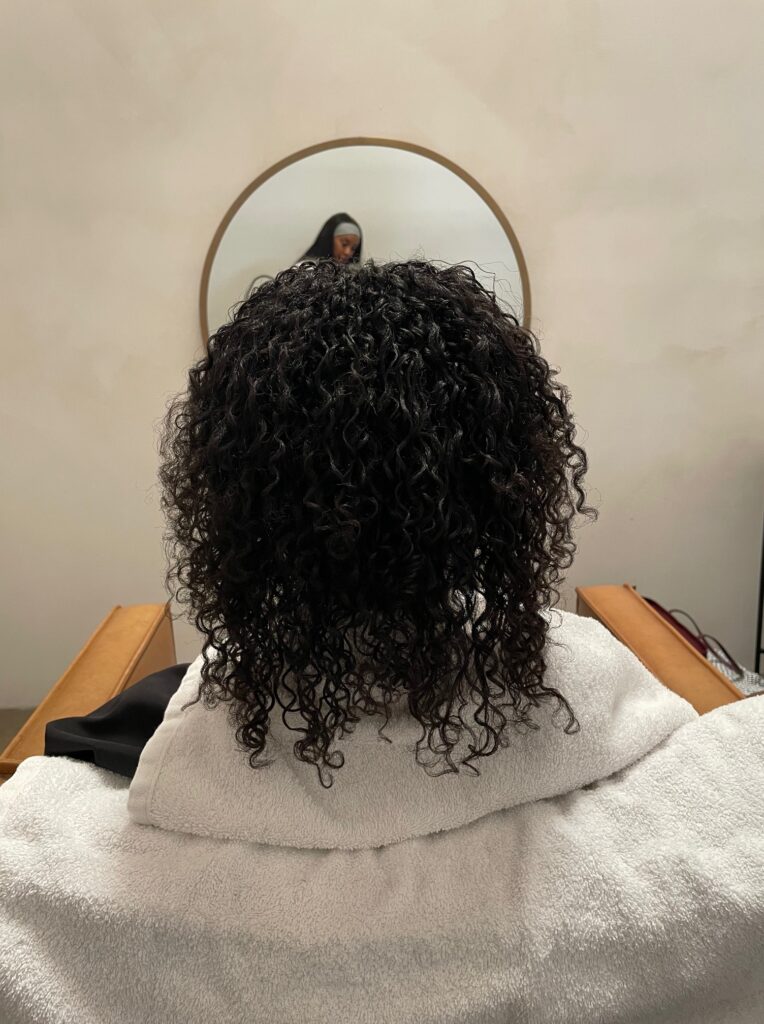
The Journey of How to Grow 4C Hair Thicker
Growing 4C hair thicker has always felt like an uphill battle for me. My hair has been thin for as long as I can remember and so has my family’s. But over time, and through a lot of trial and error, I’ve started to see real progress. While my hair isn’t long yet, it’s already feeling fuller, softer, and more manageable. If you’ve been wondering how to grow 4C hair thicker without false promises here’s just my take on what’s truly been working for me, keeping in mind I have iron deficiency, split ends, and a looser curl pattern from the Gina Curl.
What’s Actually Helped Me Grow My 4C Hair Thicker
No matter what I do, I’ve never had a super full, thick head of hair and for a long time, I thought those were just my genetics and I was stuck like this!
But over the last few years, I’ve slowly figured out what works for my hair. Especially as someone with 4C hair, iron deficiency anemia, and a history of doing texture-changing treatments like the Gina Curl, I’ve had to pay attention to what helps and what hurts when it comes to hair growth and retention. Because my hair is fragile as it is, and the more I continue to use practices that damage my hair, the more obvious the breakage.
If you’ve also struggled with chronic thinness and want to support growth while minimizing breakage, here’s what’s made a real difference for me:
1. Iron Pills Changed My Hair Game and Health
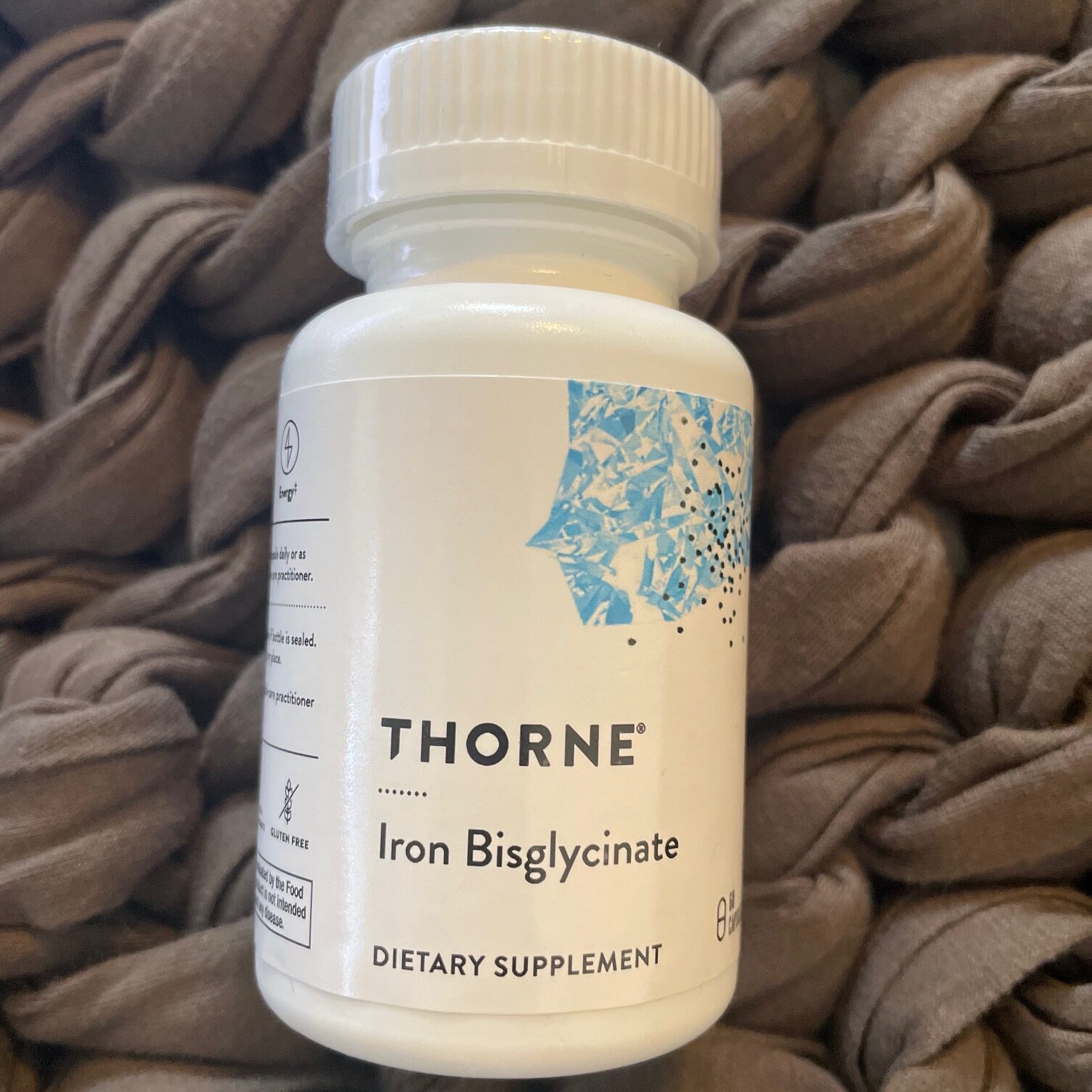
Starting with the science: Iron deficiency anemia is one of the most common, and overlooked, causes of hair thinning, especially in women. I’ve had low iron levels for years (which probably originated once I started menstruating) and when I finally got consistent with taking iron supplements, I saw changes not just in my energy but also in my hair.
Low iron means your body doesn’t produce enough hemoglobin, which is crucial for carrying oxygen to your cells, including the ones that grow your hair! Without it, your hair follicles literally struggle to thrive. Multiple studies show a strong link between iron deficiency and telogen effluvium, which is a type of temporary hair shedding. And my hair use to shed!
What’s wild is that a lot of us don’t even realize we’re iron deficient. I honestly advise any woman to get your ferritin levels checked (not just hemoglobin). Ferritin is the iron storage protein, and for hair growth, dermatologists often recommend keeping your ferritin levels above 70 ng/mL, even though most labs list “normal” as much lower.
Once I got on a daily iron pill, I noticed my strands slowly starting to feel stronger, and the excessive shedding really did ease up. I barely shed now and detangling days produce such a reduced amount of hair! It wasn’t overnight, so consistency is essential.
2. Regular Trims Actually Helped Me Keep My Length
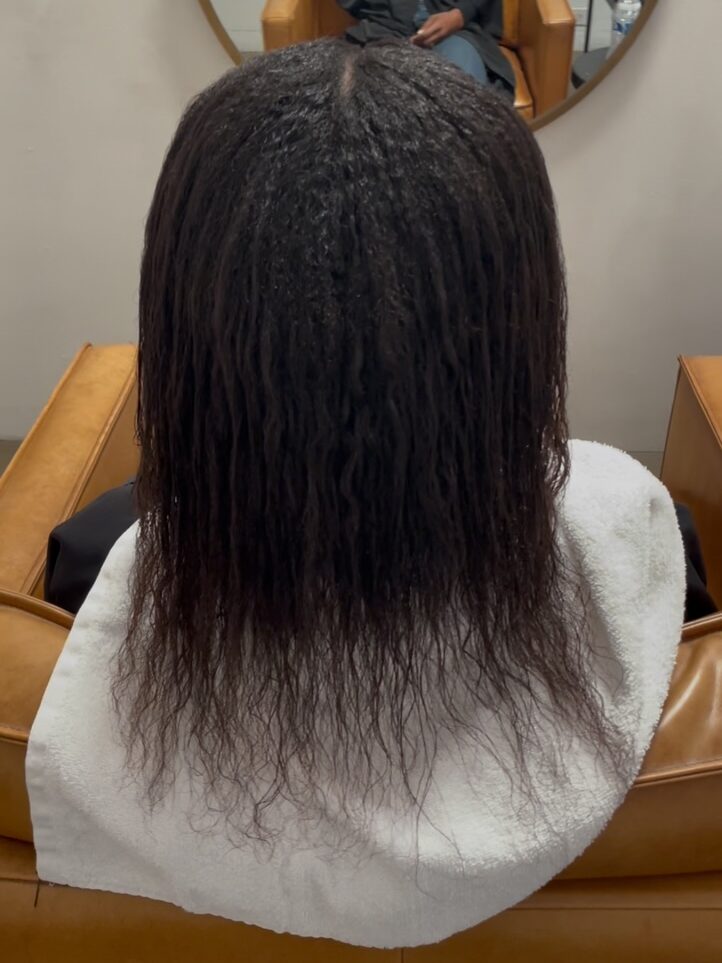
I used to hold onto every inch like it was sacred. But truthfully, my ends were splitting and snapping which made my hair look thinner and made retention feel impossible.
Now I trim my hair more regularly, and ironically, my hair looks thicker and healthier (I know everyone says this but it’s so true!). Fewer splits means less breakage, and my ends feel much more substantial. If you’ve been avoiding trims out of fear of losing length, I hear you but sometimes cutting damage is what allows healthier growth to show (and it just looks better!).
3. More Frequent Washing + Deep Conditioning Helped Me Grow More Hair
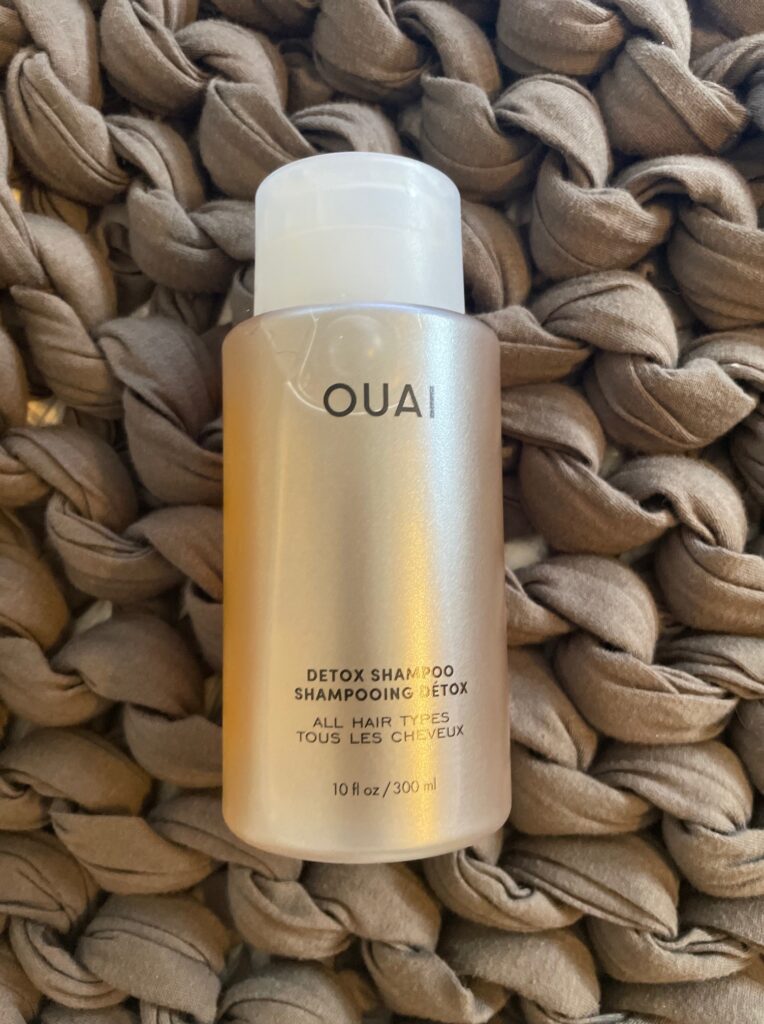
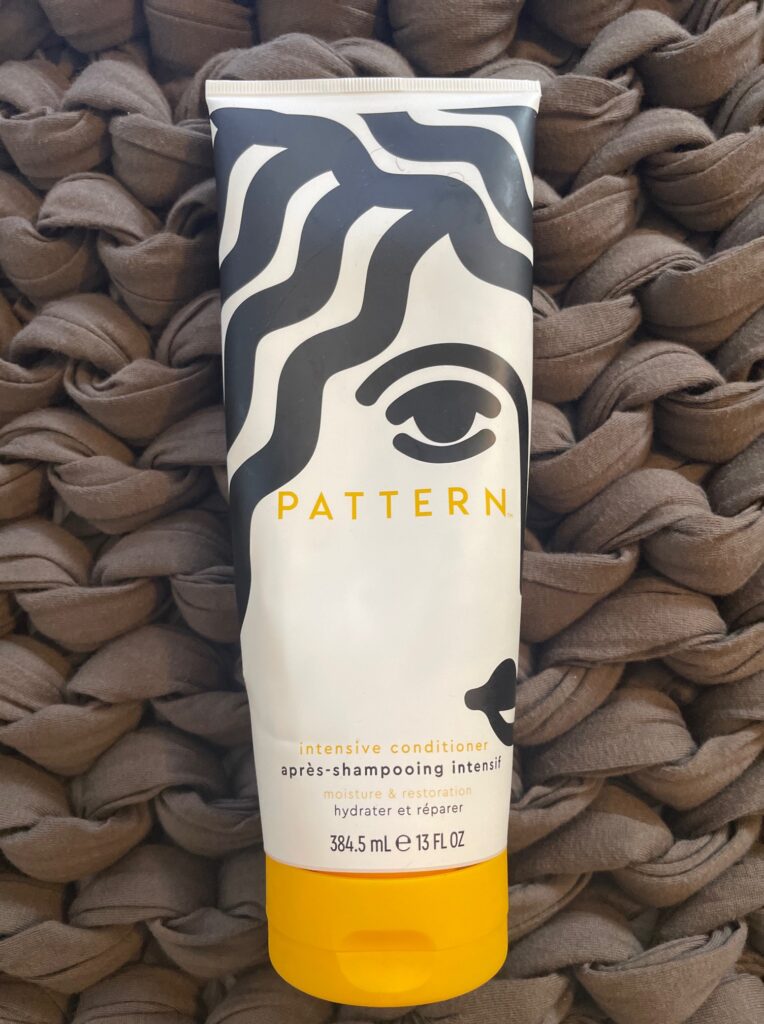
This one might go against traditional advice for natural hair, but washing more often has helped me.
When my curls were tighter (pre-Gina Curl), wash days felt like a full-time job. But since loosening my curl pattern, it’s been so much easier to cleanse my scalp and get product to actually absorb. Less buildup and a cleaner scalp means better growth conditions. I use to go weeks without washing my hair, but with the looser curl pattern it’s not such a hassle and it’s almost become something I look forward to. It’s meditative and feels like a self care day every 2-3 days. I love it as a ritualistic self-care routine and a method to decongest the roots.
I also deep condition every time I wash. I don’t skip it. Especially with the Gina curl, hydrating your hair often is essential. Hydrated strands break less, and that alone has helped me retain more hair.
4. The Gina Curl Changed How I Care for My Hair
Getting the Gina Curl was a big decision, especially because chemically altering your curl pattern can sometimes make thin hair look even thinner (which it did).
But for me, it ended up helping at least in how I maintain and style my hair.
With a looser curl pattern:
- I spend way less time detangling.
- I don’t have to pull as hard or tug at my roots.
- Fairy knots? Way fewer.
- And I can get moisture to actually penetrate my strands instead of just sitting on top.
That said, I’m very mindful about aftercare. I use minimal heat and make sure my hair is always moisturized.
5. Olaplex Has Been a Staple for Repair

Between my split ends, chemical treatments, and life in general, my strands needed help. Olaplex No. 5 has been the one product I consistently reach for when my ends are feeling rough or when I’ve gone too long between treatments.
It doesn’t just “mask” damage, it helps repair broken bonds in the hair. After using it, my hair always feels crazy soft, more manageable, and a lot less prone to snapping. But I’ll use it maybe once a month. Can’t have protein overload with the Gina Curl.
A Few Quick Bonus Tips That Helped Me:
- Silk pillowcases and scrunchies: Cut down friction and reduce nighttime breakage.
- Scalp massages with oils like rosemary or peppermint: Help stimulate blood flow.
- Low-manipulation styles: I must admit I do buns alot but I try to avoid anything too tight or that stresses my hairline. Not sure if anyone can relate but I have a very sensitive scalp, even touching my hair could hurt!
- Protein/moisture balance: I alternate between strengthening and hydrating treatments. Mainly hydrating and once and a while protein.
Final Thoughts
If you have naturally thin hair like I do, whether it’s due to genetics, iron levels, or both, you’re not alone. You can’t always change the density you were born with, but you can absolutely support your hair to be its healthiest, strongest version.
What’s helped me most is learning what my body and hair actually need, getting blood work done, and building a gentle but consistent routine.
Let me know if this resonates or if you’ve found anything else that’s helped your hair thrive. We’re all learning as we go
Also Read: Hair Porosity Test: Personalize Your Hair’s Needs or The Best Tips For Luscious Hair

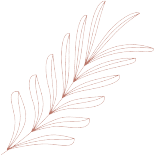
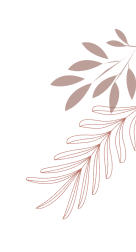


You must be logged in to post a comment.